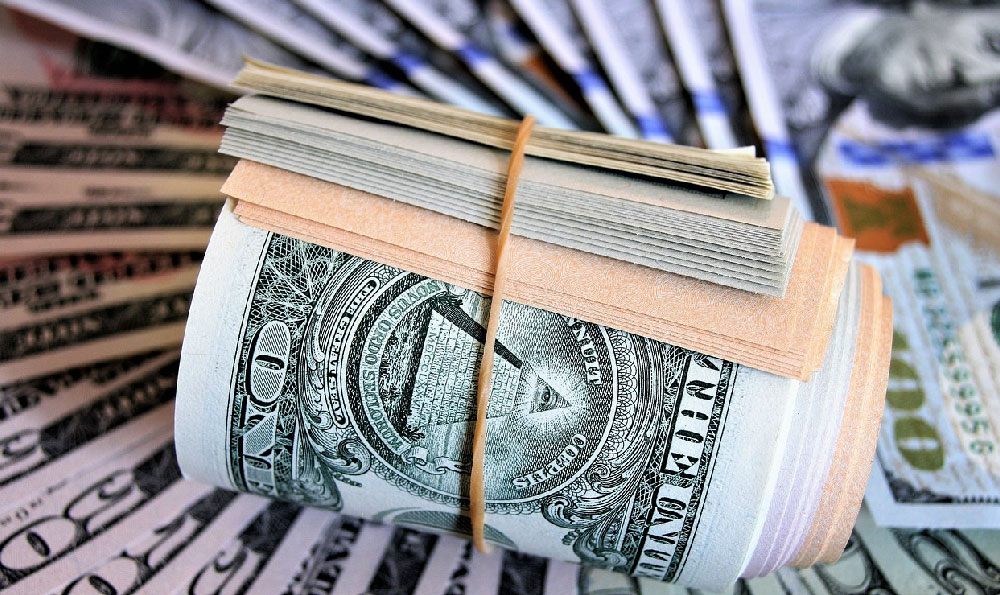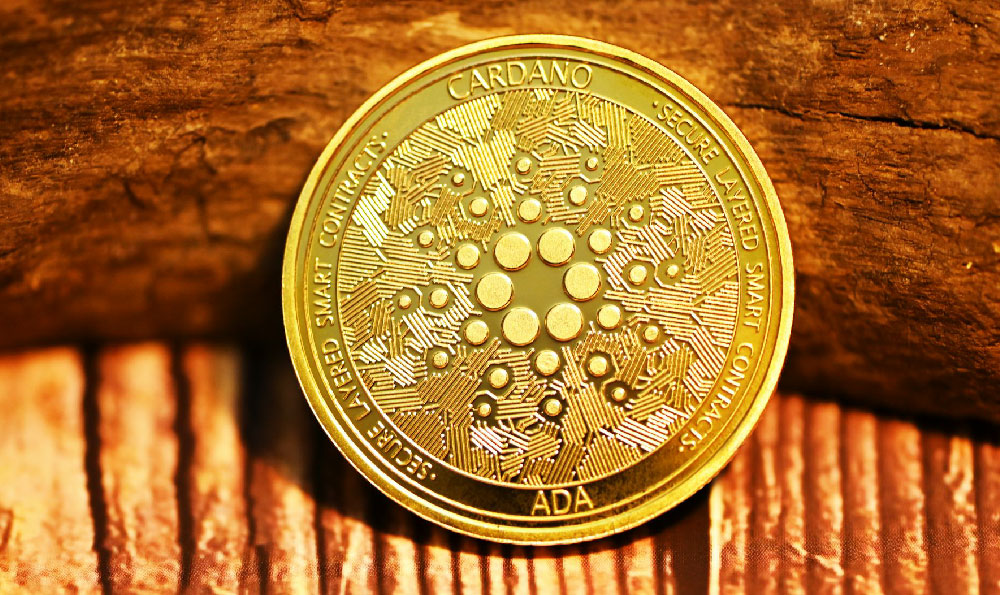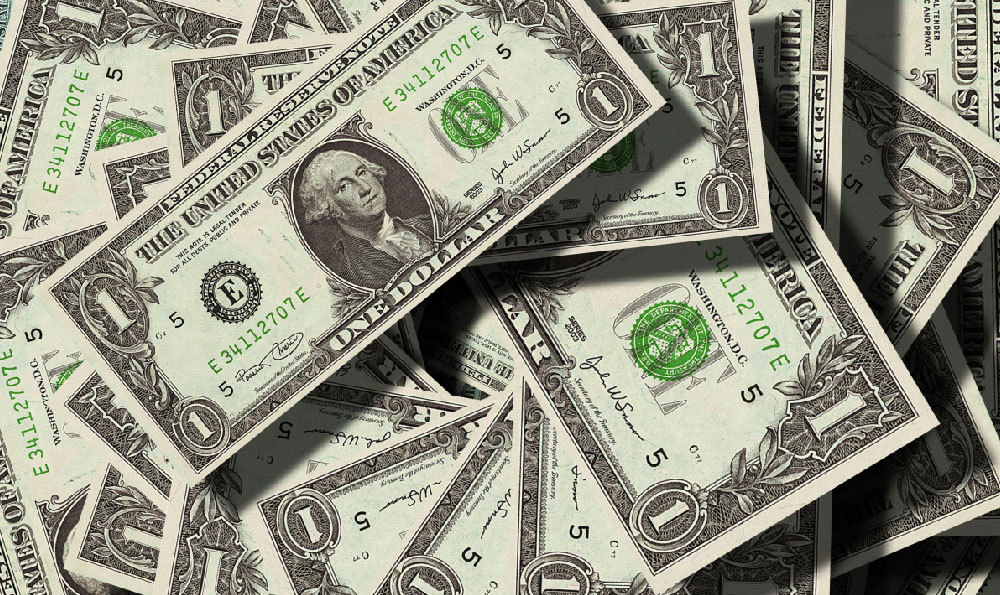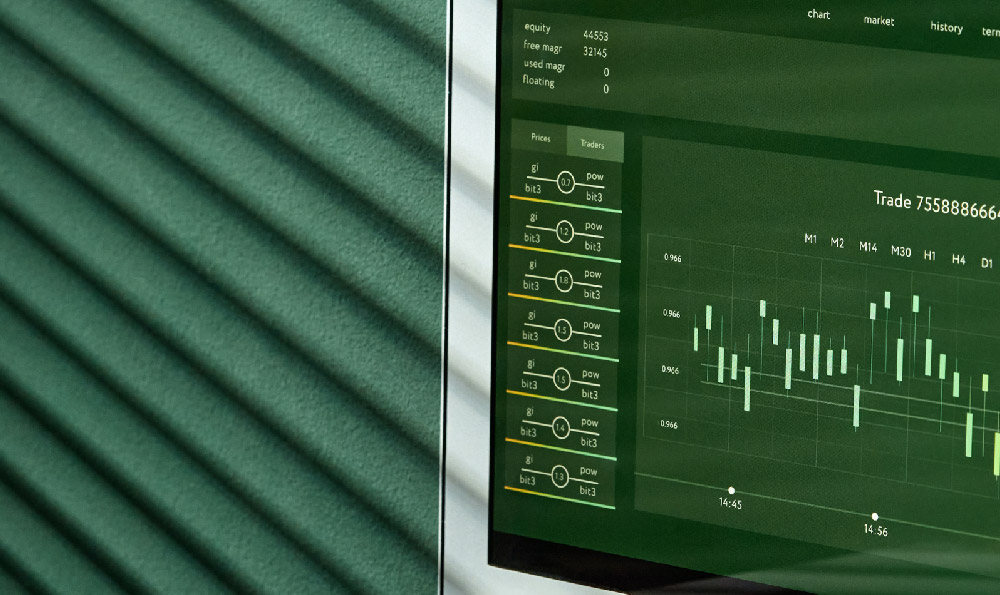Creating money roses, while not a traditional investment strategy, represents a creative and visually appealing way to present monetary gifts. It's more about presentation and aesthetics than financial gain, but understanding the techniques involved can add a unique touch to gift-giving. The process, although artistic, requires care and attention to avoid damaging the currency. Several effective techniques exist, each with its own level of complexity and resulting aesthetic.
The simplest method, often preferred by beginners, involves folding individual bills into petal shapes and then arranging them around a central object like a pen or a chopstick to form the rose. This technique minimizes the risk of tearing or creasing the money excessively. Start by selecting crisp, new bills of the same denomination. The uniformity makes for a more visually appealing rose. Fold each bill in half lengthwise, then fold the corners down to create a diamond shape. Repeat this process with multiple bills, varying the degree of the corner folds to create petals of different shapes. Secure these "petals" around the central object using floral tape or glue dots, working from the center outwards. Experiment with layering the petals to achieve a fuller, more realistic rose appearance. The key is to use gentle pressure to mold the bills without creating permanent creases.
A slightly more advanced technique involves origami-style folding to create more intricate and detailed petals. This method requires more patience and dexterity but results in a more impressive final product. Begin by finding origami instructions specifically designed for currency folding or money roses. Numerous online tutorials and videos demonstrate various folding patterns. These patterns often involve a series of precise folds to create curved or angular shapes that mimic the natural form of rose petals. Again, prioritize using new, crisp bills to make the folding process easier and prevent tearing. Once you've folded several "petals," assemble them around a central core, securing them with floral wire or glue dots. This method allows for more customization and creativity in petal design, but it also increases the risk of damaging the money if not handled carefully.

Another technique involves a combination of folding and rolling. In this method, you'll fold the edges of the bills to create a ruffled effect, then roll the bills around a central point. The ruffled edges add texture and dimension to the rose, making it look more realistic. To create the ruffled edges, fold each bill accordion-style along its length, creating small, even pleats. Once you've pleated the bill, gently stretch it to create a fan-like effect. Repeat this process with multiple bills, varying the width of the pleats to add visual interest. Then, starting from one end of the pleated bill, carefully roll it around a pen or chopstick to form the center of the rose. Secure the roll with floral tape or a glue dot. Add more pleated bills around the center, layering them to create a fuller rose shape.
When working with any of these techniques, several important considerations can help ensure a successful and aesthetically pleasing result. First, always use clean, crisp bills. Wrinkled or damaged bills will be more difficult to fold and will detract from the overall appearance of the rose. Second, handle the bills with care to avoid tearing or excessively creasing them. Use gentle pressure when folding and shaping the bills. Third, use appropriate tools for securing the petals, such as floral tape, glue dots, or floral wire. Avoid using regular tape, as it can leave residue on the bills and make them difficult to unfold later. Fourth, consider the overall presentation of the money rose. You can add embellishments such as artificial leaves, ribbon, or glitter to enhance its visual appeal. Finally, remember that the goal is to create a beautiful and unique gift, so don't be afraid to experiment with different techniques and materials to find what works best for you.
Beyond the basic folding and assembly, the artistry of money roses often lies in the subtle details. The color of the bills themselves can contribute to the overall aesthetic. For example, using a mix of denominations can create a layered effect, with the lighter-colored one-dollar bills forming the inner petals and the darker-colored five or ten-dollar bills forming the outer petals. This technique adds depth and visual interest to the rose.
Furthermore, the arrangement of the petals is crucial to achieving a realistic rose shape. Experiment with different petal sizes and shapes to create a more natural and organic look. Some petals can be folded tighter than others to create a variety of textures and dimensions. Also, consider adding small details, such as curling the edges of the petals or adding small folds to mimic the delicate veins of a real rose petal. These subtle details can make a big difference in the overall appearance of the money rose.
Presentation is also key. Instead of simply handing over the money rose, consider presenting it in a vase or gift box. This adds a touch of elegance and sophistication to the gift. You can also add other embellishments, such as artificial flowers, greenery, or ribbon, to create a more elaborate and personalized presentation.
Finally, remember that the most important aspect of making money roses is to have fun and be creative. Don't be afraid to experiment with different techniques and materials to find what works best for you. The goal is to create a unique and memorable gift that will be appreciated by the recipient. While the money may eventually be spent, the beauty and artistry of the money rose will be remembered long after. Therefore, while not a traditional investment, the "investment" of time and effort into creating a money rose can yield a unique and appreciated gift, far more memorable than a simple cash transfer. It's about the thought, the effort, and the artistic presentation.












